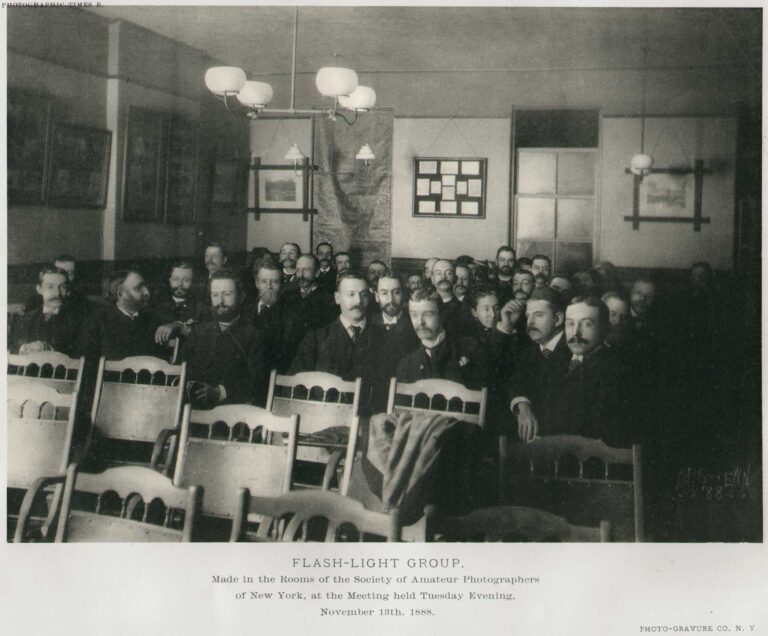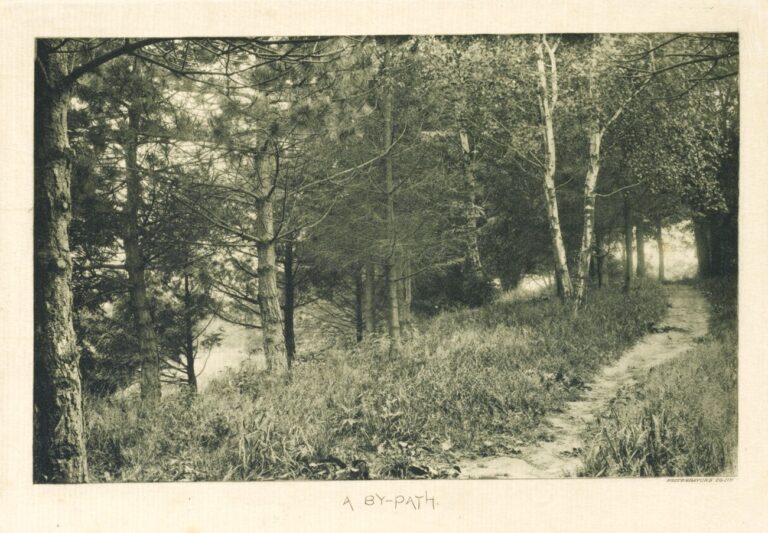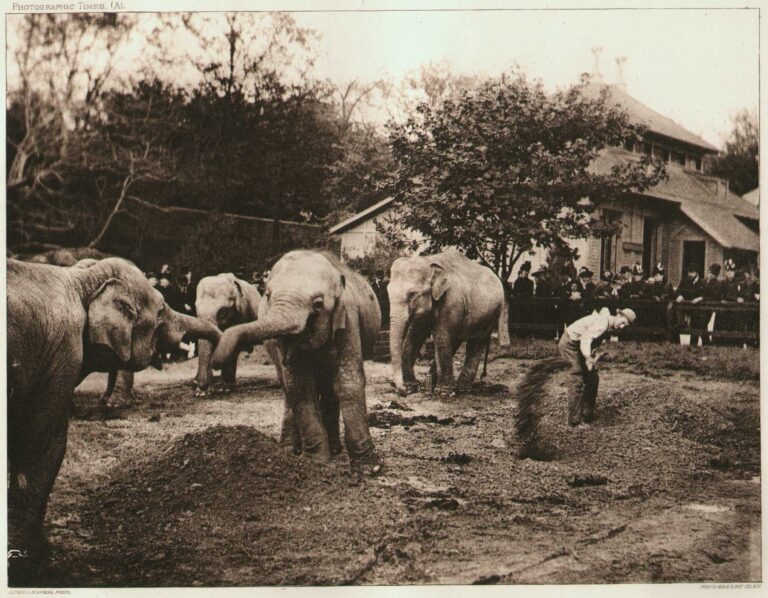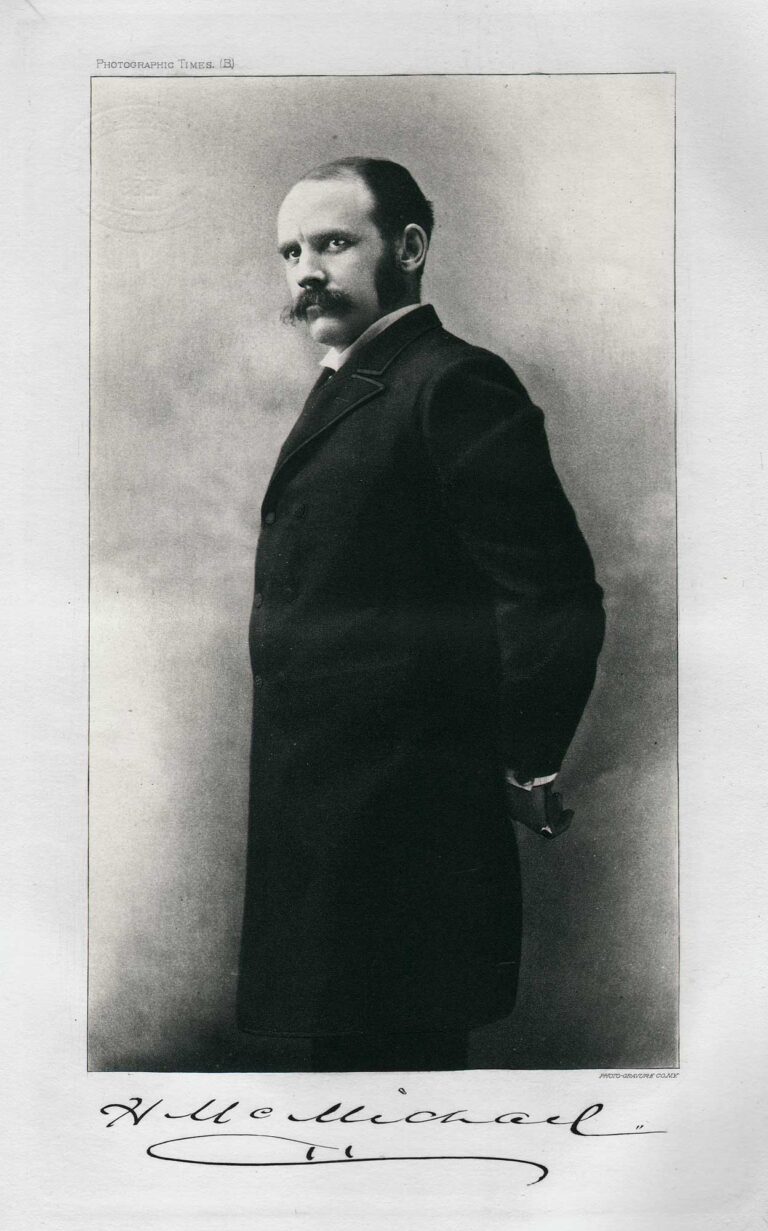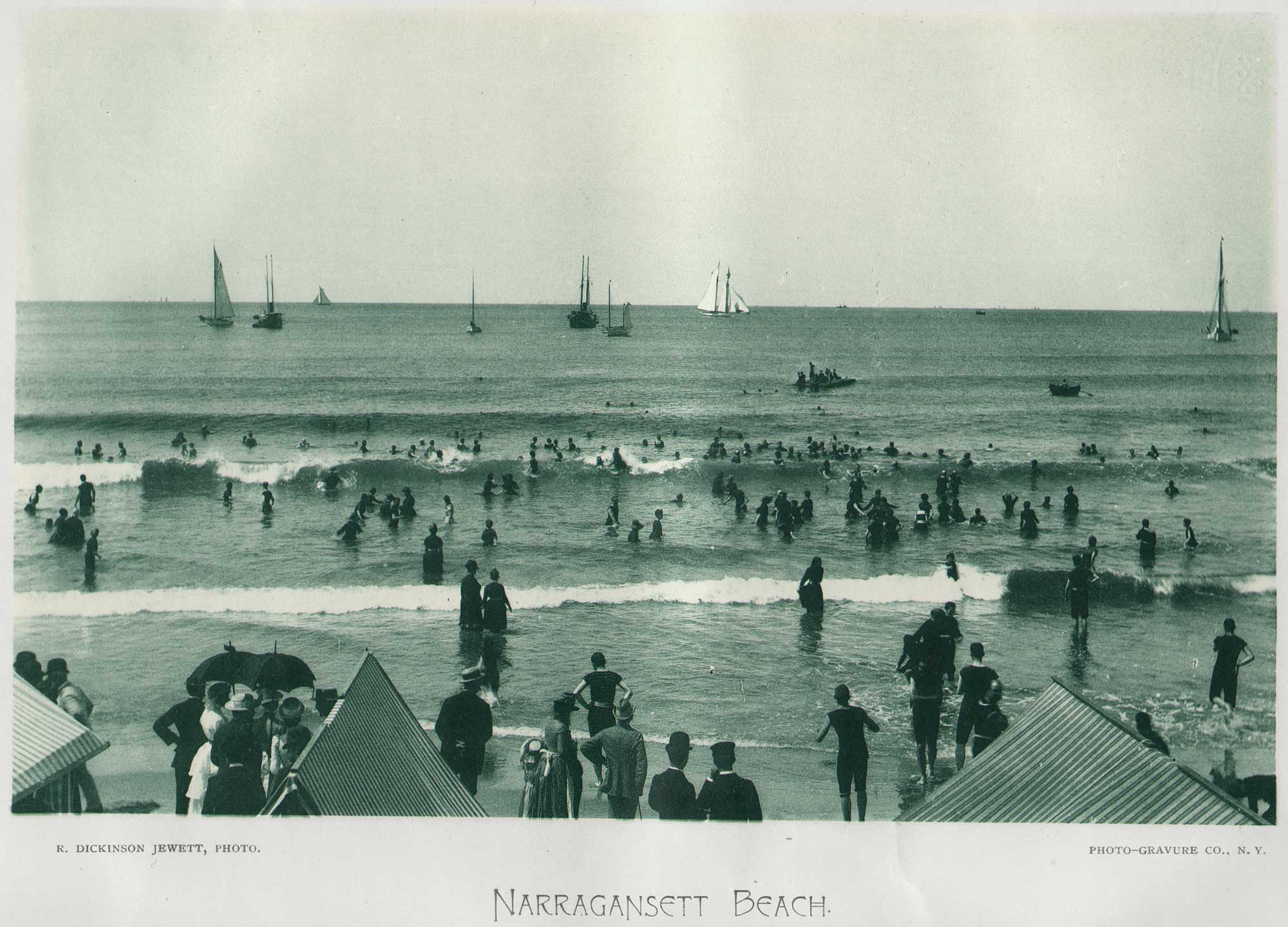
Narragansett Beach
Major Richard Dickinson Jewett: 1857-1917
Major R. Dickinson Jewett was an active member of the Washington (D.C.) Camera Club and member of the the bar in New York City. He had homes in Nyack, New York and Washington, D.C.
Editorial Comment for this plate:
NARRAGANSETT BEACH.
The fruits of summer photographic work are now being shown. “Narragansett Beach,” by R. Dickinson Jewett, is a photograph made in mid-summer at this popular American watering-place. It was, of course, an instantaneous negative; but for depth of definition and fine atmospheric effect we have not seen a timed negative, this summer, which can surpass it. The tiniest specks of sail on the horizon are clearly shown, while the figures in the foreground are naturally sharp and life-like.
Perhaps the most remarkable thing about this picture is that it was made on a Carbutt Keystone “B” plate, sensitometer only 16. Of course, there was an excellent light on the subject (the exposure was made at noon) and a very excellent quick-working lens was used. Perhaps the latter fact accounts for the unusual technical excellence in this instantaneous negative on a slow plate. The objective was a Steinheil antiplanetic group lens, number 5, series 2. “Its rapidity is marvelous,” “Its rapidity is marvelous,” writes Mr. Jewett, “and for definition and powerful and even illumination, its equal is not to be found. To this superb lens I attribute my success.”
The plate was developed with the hydrochinon developer used by the Washington Camera Club of which Mr. Jewett is a prominent member. The formula is as follows:
HYDROCHINON SOLUTION.
Hydrochinon….2.25 per cent.
Sulphite of soda (crystals) C.P…10.00 per cent.
Distilled water…87.75 per cent.
Eight ounces mixture.
POTASH SOLUTION.
Carbon of potash (granular) C.P….15.00 per cent.
Sulphite of soda (crystals) C.P….10.00 per cent.
Distilled water……75.00 per cent.
Eight ounces mixture.
“I used only one dram of alkaline to two drams of hydrochinon solution in four ounces of water. Development was completed in about two minutes. The maximum amount of potash solution with four ounces of water is six drams,” continues Mr. Jewett.
The excellent reproduction from Mr. Jewett’s negative is a photo-gelatine print by the PhotoGravure Company, of New York. The delicate marine green in which it is printed is particularly appropriate for this subject.
“Narragansett Beach” is a picture which one can look at many times with ever-increasing interest. There is material enough in it for a dozen pictures. It is life itself at a seaside resort. (p. 575)
